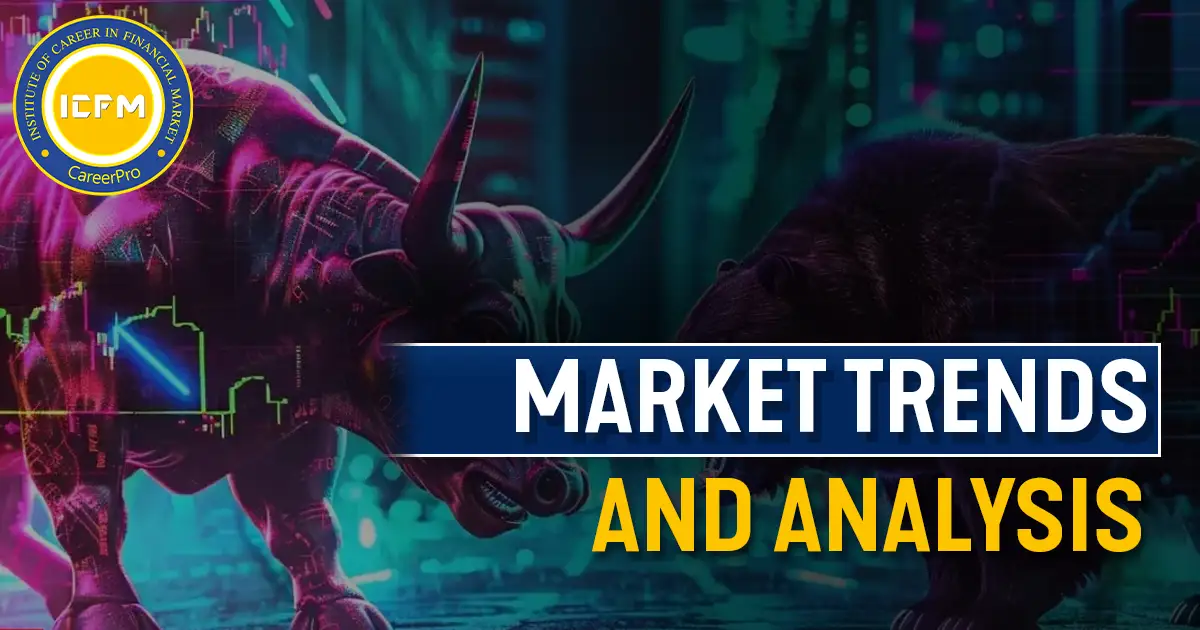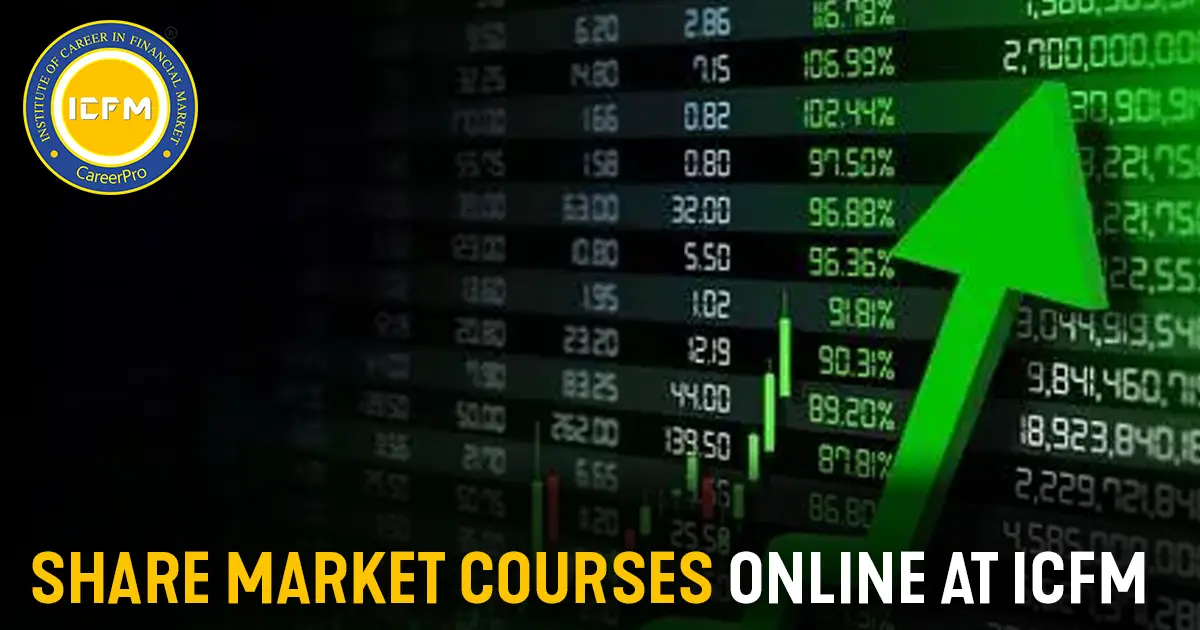In the dynamic environment of stock exchanges, an investor needs to be aware of the trend of the market and do a proper analysis to make a correct investment decision. These market trends indicate the direction that the market is taking or that of a certain sector and might be influenced by different factors: economic indicators, geopolitical events, technological changes, and investor sentiment. In the following blog, we will cover the importance of the trends in the market, tools, and techniques for analysis, and some current trends shaping financial markets.
Importance of Market Trends
Market trends depict to the investor the general direction of the market, illustrating possible opportunities and risks. Through identifying trends, an investor can strategically make the decision to buy, hold, or sell stocks. Understanding the trends in the market is very important to the short-term trader who seeks the capitalization of price movements and also for the long-term investor looking to attain wealth over time.
1. Identification of Opportunities:
Market trends can also pinpoint the rising potential of an industry or sector. For example, with a surged renewable energy and electric vehicle market, clean energy has brought many new opportunities to investors. By identifying these trends early on, an investor is able to position him/herself to benefit from future growth.
2. Risk Management:
Long-term trends in the market also give an insight into the associated risks involved with any investment. For example, one may shift the portfolio towards more defensive stocks during a downturn or diversify into other classes to protect the portfolio.
3. Making Better Decisions:
The trends in the market give the context for making better decisions related to investments. By identifying trends, investors can avoid impulsive decisions based on short-term fluctuations in the market.
Tools and Techniques of Market Analysis
Various tools and techniques are at the command of investors and analysts to analyze market trends in a proper way. These methods aid in deciphering data, predicting future movements, and thus help in making an effective prediction.
1. Technical Analysis:
Technical analysis reflects on the trends of security in its price history and trading volumes, aiming to identify emerging patterns. Tools include moving averages, trend lines, and chart patterns, such as head and shoulders or double tops. Technical analysts use historical price movements to make judgments about future price directions.
2. Fundamental Analysis:
Fundamentals include the assessment of financial health, performance, and intrinsic value of a firm. It covers views on earnings, revenue growth, profit margins, competitive advantages—the list goes on. An investor can then be positioned to see whether a stock is undervalued or overvalued concerning its market price based on the evaluation of a company's fundamentals.
3. Sentiment Analysis:
Sentiment Analysis: Such techniques measure the mood and behaviour of investors through an analysis of news articles, social media, and other sources of information. Positive or negative sentiment can be a driver for market movements and the creation of short-term trends.
4. Economic Indicators:
Some major driving forces behind market trends include economic indicators like GDP growth, unemployment rate, and inflation. It is on the basis of these indicators that investors get a sense of the overall health of the economy and try to predict possible changes within the market.
5. Global Events:
Such events may be geopolitical, changes in policies, or natural disasters. An investor has to keep pace with global happenings and the probable impacts of these happenings on the market.
Current Market Trends
As of mid-2024, there are several trends that are shaping the global stock market. The trends are a representation of the dynamism of the market and how various economic, technological, and geopolitical factors interact.
1. Technology Innovation:
Market trends are still influenced by technological development, with Artificial Intelligence, Biotechnology, and Cybersecurity among the most attractive spots for investors. Companies that stand on the very edge of innovation grow intensely, changing traditional industries.
2. ESG Investing:
Environmental, Social, and Governance investing have come to occupy immense ground as investors increasingly turn to sustainability and ethical considerations. Companies performing well by ESG standards attract more and more capital, reshaping the global investment portfolio.
3. Inflation Concerns:
Persistent inflationary pressures are affecting markets globally. It is a challenge for central banks to strike the right balance of interest rates, which might control inflation but at the same time prevent economic growth. Investors are closely watching the data on inflation and any probable effect in the light of interest rates and their impact on the earnings from corporations.
4. Geopolitical Tensions:
Geopolitical factors, especially trade disputes and conflicts, remain a big determinant of market sentiment. There is much trepidation among investors about likely repercussions that events related to geopolitics may have on supply chains and global economic stability.
5. Evolving Consumer Behavior:
Consumer preferences, changed by growth in e-commerce and remote work, among others, are driving trends in markets. Companies that get attuned to these shifting demands, such as technology and consumer goods, will benefit more.
6. Health Care Innovation:
The COVID-19 pandemic has put healthcare innovation and biotechnology at the forefront of changes. This trend is bound to continue, with investors being interested in firms working on innovative treatments and technologies.
7. Renewable Energy Transition:
Another important trend in the energy space pertains to the transition towards renewable sources of energy. More and more, governments and private firms all around the globe are pinning their hopes on nuclear power, solar, and wind.
8. Financial Technology:
FinTech firms have been at the helm of changing the way financial services are conducted with their state-of-the-art solutions across digital payments, blockchain technology, and robo-advisors. This is the changing face of traditional banking and investment services.
Conclusion
It is essential to research and realize the market trends and undertake effectual analysis so that the intricacies of the stock market are negotiated with a considerable amount of ease. A well-planned recognition of the emerging opportunities and management of the risks goes a long way in making investors' decisions in accordance with financial goals. It is the trends and analytical tools that are going to be at the top of one's agenda for success in dynamic investing, as the global economic scenario continues to evolve. From technological innovation and ESG investing to simply adjusting consumer behaviour, trends are giving insights into the future of financial markets.









